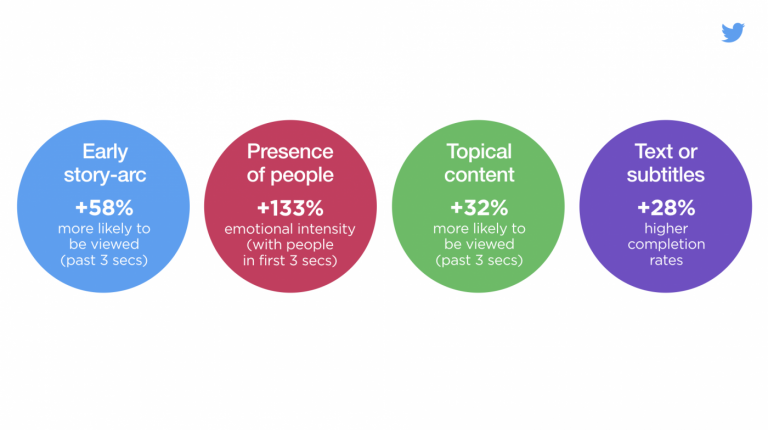Storytelling
Content Fluency: Why You Should Write For 4th Graders
The first class I ever took in college was called “Drugs, Society, and Culture.” It was taught by a 29-year-old adjunct professor named Luther, who had spent the previous five years on an all-expenses-paid trip “studying” the psychedelic ceremonies of aboriginal tribes in Australia and southeast Asia.
It should have been the most fun class ever—and in some ways, it definitely was. But there was one big problem: The readings were unreadable.
Week after week, we’d be assigned papers by anthropologists who wrote in a rambling, convoluted code. After a few more anthropology and psych classes, I realized all of academia was in a giant contest to see who could write the most confusing sentence possible.
One of the most dangerous lessons academia teaches us is that complexity equals authority. If we use long, dependent clauses, big words, and generally confuse the hell out of everyone, people will think that we’re smart. That couldn’t be farther from the truth.
Over the past few weeks, I covered the first two elements of great storytelling: relatability and novelty. Now, it’s time to explore the element of storytelling that separates the content you hate from the content you love: fluency.
Why you should write at an elementary school level
If you grew up writing papers in Microsoft Word, you’re probably familiar with the Flesch-Kincaid Grade level index, which measures how much education you need to understand a text. Clippy was obsessed with it, which turned Microsoft Word into a game of getting the highest reading level possible.


A few years ago, Shane Snow—who wrote The Storytelling Edge with me—ran the work of best-selling authors through a reading level analysis. Turns out, the most beloved storytellers on the list—Ernest Hemingway, Cormac McCarthy, J.K. Rowling, Hunter S. Thompson, etc.—wrote for elementary school students.
The people who wrote at a high school or college level? Crappy business authors who had bought their way onto the bestseller list.

This tells us something important: We love writers who make it as easy as possible to get lost in their stories. They break down the barrier between us and them. They write with as much fluency as possible.
Unfortunately, marketers struggle to do this.
The digital age has broken down the barriers between brands and consumers. But with bad content, brands often put that barrier right back up—through bad white papers, boring talking head videos, and jargon that just doesn’t make any sense.
That’s because many of the bad habits we develop in academia carry over into the business world. Over the past decade, I’ve had to read hundreds of corporate white papers and e-books for work—let me tell you, they could be used as a mild form of torture.
The best content marketers do something different. They explain difficult to grasp concepts in a simple, colloquial way.
GE Reports does a fantastic job of demystifying science and engineering, regularly going viral on Reddit.
Mint built its business by making complex finance topics easy enough for a 4th grader to understand.
Cardinal Health does a fantastic job of demystifying healthcare technology, and has seen a huge audience boost as a result.
But fluency isn’t just about the written word.
Fluency matters for video too
For whatever reason, way too many brands waste their time filming 20-minute clips of their boring CEOs talking in front of a camera. Not surprisingly, those videos get almost no engagement.
In an age in which we consume most brand video in-feed, fluency means capturing and holding someone’s attention in just a few seconds.
A few years ago, a neuromarketing firm called Neuro-Insight studied social video, and found a few keys to capturing attention: an early story arc, the presence of people, topical content, and text or subtitles.

You don’t need to make Uncle Drew commercials to put these principles into play. For instance, GE uses these keys to create social video around topics you’d normally find in a tedious whitepaper, like the impact of globalization.
These videos actually don’t have to cost half your budget. Andrew Davis creates entertaining, story-driven marketing videos for his Loyalty Loop series out of his own garage.
This type of fluency applies to business presentations too. Open with a story, don’t use jargon, and keep it simple. Whether it’s an article, video script, or presentation talk track, check your copy’s reading level, and run it through this awesome jargon tool.
Every time you tell a story, you’re competing for attention with the millions of other stories buzzing in your audience’s pocket. So don’t make your content feel like homework.
Get better at your job right now.
Read our monthly newsletter to master content marketing. It’s made for marketers, creators, and everyone in between.




